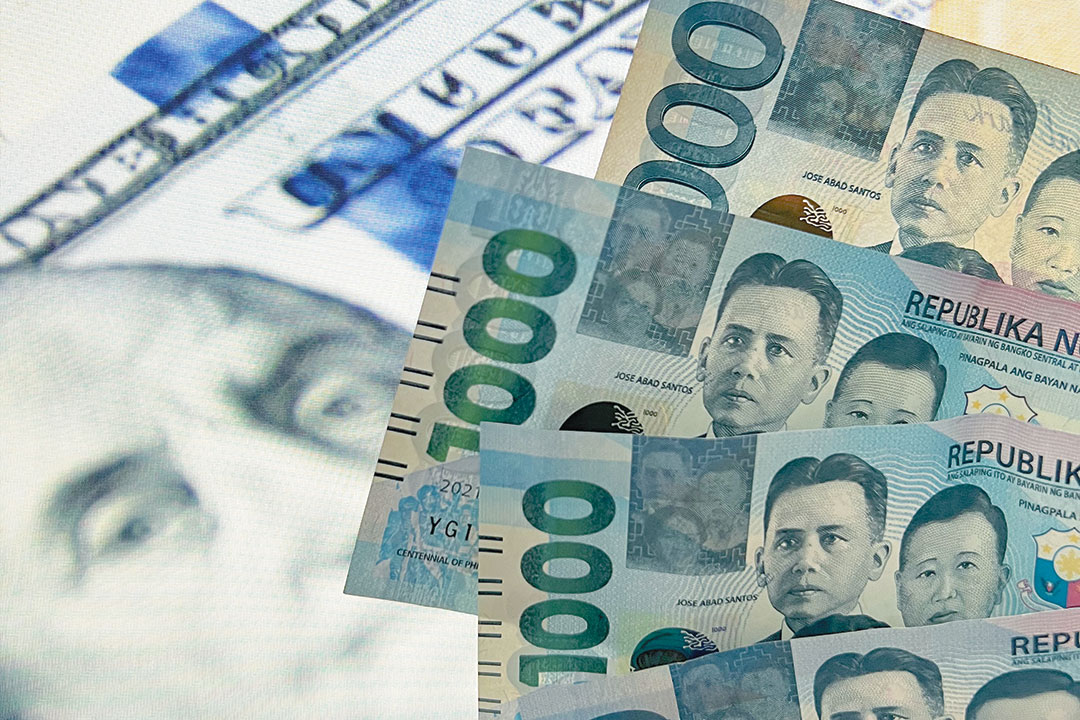Peso climbs on offshore selling

THE PESO strengthened against the dollar on Monday as offshore selling boosted the currency amid a weak equity market.
The local unit ended Monday’s session at P54.08 versus the greenback, five centavos stronger than the P54.13-per-dollar finish on Friday.
The peso opened slightly stronger at P54.12 per dollar, climbing to as high as P54.05 intraday. Meanwhile, its worst showing stood at P54.19 per US currency.
Trading volume however slid to $528.9 million from the $776.1 million that switched hands last Friday.
A foreign exchange trader said the peso continued to consolidate, trading weaker in the morning session due to the stronger dollar on Friday.
“And then this afternoon, it climbed to its intraday high pushed by offshore selling,” the trader said in a phone interview on Monday.
After landing at the P54.05 support level, the trader said the peso traded lower again. “I think it’s now related to the equity market falling further.”
The Philippine Stock Exchange index fell 1.11% or 78.26 points to 6,926.51 yesterday, as investors remained cautious following the global equity sell-off last week.
Meanwhile, another trader said the release of likely softer US retail sales data “drove away some of the dollar’s appeal.”
This, even as the dollar firmed up against the pound and euro as the developments in the Brexit deal kept investors’ preference to safe-haven currencies.
In a Reuters report, British and EU negotiators called for a pause in their talks on a Brexit deal on Sunday as they wait for the outcome of the European Union summit on mid-week.
For Tuesday, the first trader expects the peso to move between P54.05 and P54.20, while the other gave a P54-P54.20 range.
Meanwhile, most Asian currencies declined against a stronger dollar on Monday. The Indian rupee led the slide as strong oil prices hurt the currency. But a surprise September trade surplus posted by Indonesia helped the rupiah come off lows.
The recent spike in US yields, the ongoing tariff war between the United States and China, and the uncertainty over hanging over the UK’s efforts to negotiate its withdrawal from the European Union have pulled investors away from emerging markets.
The Indian rupee was the worst performing emerging Asian currency, just as it has been for the year so far, weakening 0.42% to 73.868 against the dollar on Monday as higher oil prices weighed. — K.A.N. Vidal with Reuters



